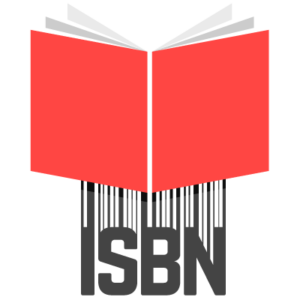Teaching Speaking Online Using Digital Mind Mapping Software (Dmms) and Screen Recording Tool (Srt): A Practical Method
DOI:
https://doi.org/10.2991/assehr.k.211224.018Keywords:
DMMS; SRT; TBLT-based instruction; teaching speaking; online learningAbstract
-
Teaching English online during the pandemic calls for innovative technological and pedagogical approaches to shape a meaning-making learning practice. Based on Task-Based Language Teaching with Technology, this “how-to” article offers a practical method for integrating Digital Mind Mapping Software (DMMS) with Screen Recording Tools (SRTs) to enhance students’ online speaking practice. It provides a step-by-step guide for incorporating CALL technology and pedagogy to provide students with meaningful online speaking practice. First, it gives a brief overview of DMMS and SRTs and how they may help EFL teachers offer online speaking courses. Second, a pedagogical framework for integrating DMMS with SRTs is presented. Third, it includes guidance for developing a TBLT-based instruction for remotely teaching speaking utilizing the DMMS-SRT integrated strategy. Still, it covers three consecutive stages: pre-task, during-task, and post-task activities. In the end, we include a practical approach (an assessment rubric) to evaluating the students-created tasks (e.g., audio and video recordings). This article will contribute to the plethora of CALL pedagogies, TELT approaches, and digital language teacher professional development.
Downloads
Published
How to Cite
Issue
Section
License
Copyright (c) 2022 Ismail Anas, Muhammad Basri, Andi Musdariah, Rosidah Anas

This work is licensed under a Creative Commons Attribution 4.0 International License.
Copyright
The copyright of all articles published in the Proceedings of the AsiaCALL International Conference (paic) remains with the Authors, i.e. Authors retain full ownership of their article. Permitted third-party reuse of the open access articles is defined by the applicable Creative Commons (CC) end-user license which is accepted by the Authors upon submission of their paper. All articles in the aicp are published under the CC BY-NC 4.0 license, meaning that end users can freely share an article (i.e. copy and redistribute the material in any medium or format) and adapt it (i.e. remix, transform and build upon the material) on the condition that proper attribution is given (i.e. appropriate credit, a link to the applicable license and an indication if any changes were made; all in such a way that does not suggest that the licensor endorses the user or the use) and the material is only used for non-commercial purposes.









